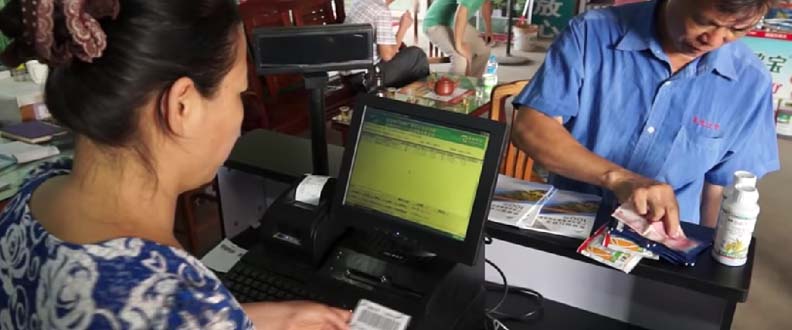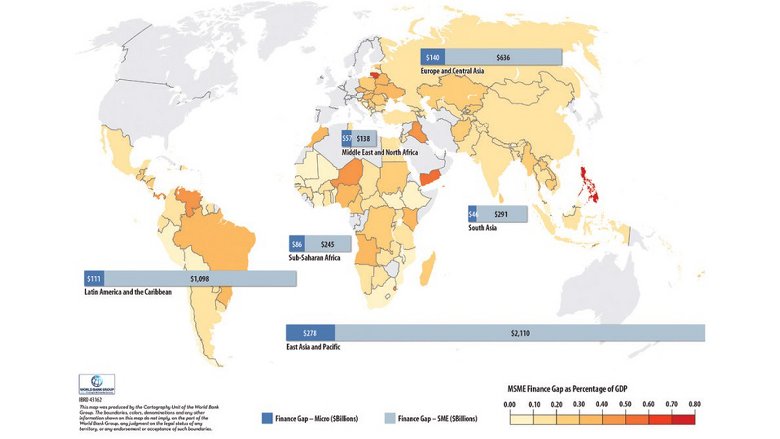Overview
Small and medium enterprises (SMEs) are the backbone of most economies, representing around 90 percent of all businesses and accounting for more than half of global employment. In developing countries, SMEs are central to economic diversification, productivity, and poverty reduction. Yet, they face persistent challenges in obtaining the financing needed to start, sustain, and grow.
Over the next decade, an estimated 1.2 billion young people will reach working age, but only about 420 million jobs are expected to be created. This leaves hundreds of millions without a clear path to employment, with far-reaching social and economic implications. Expanding access to finance for SMEs is essential to enable private investment, productivity growth, and stronger local economies.
Beyond income, access to finance unlocks opportunity. It enables entrepreneurs to innovate, expand, and hire, empowering women and youth and strengthening communities. Women, in particular, reinvest much of their earnings into their families and local economies, creating a powerful multiplier effect. Supporting SMEs—especially women-owned and youth-led enterprises—is thus central to building inclusive and sustainable growth.
SME Finance Gap
Access to finance remains one of the greatest barriers to SME growth. The latest IFC–World Bank MSME Finance Gap Report (March 2025) estimates that across 119 emerging markets and developing economies (EMDEs), there is a finance gap of about US$5.7 trillion, equivalent to 19 percent of GDP and 20 percent of total private sector credit.
The study finds that 40 percent of formal MSMEs are credit-constrained, with 19 percent fully and 21 percent partially constrained. Among these, women-owned MSMEs face a gap of about US$1.9 trillion, or 34 percent of the total. Informal enterprises generate an additional US$2.1 trillion in unmet demand for finance, equivalent to around 8 percent of GDP in developing economies.
Between 2015 and 2019, the MSME finance gap grew by more than 6 percent annually, even as the supply of credit increased by 7 percent. Updated global estimates for 2023 are expected to be available by November 2025.


